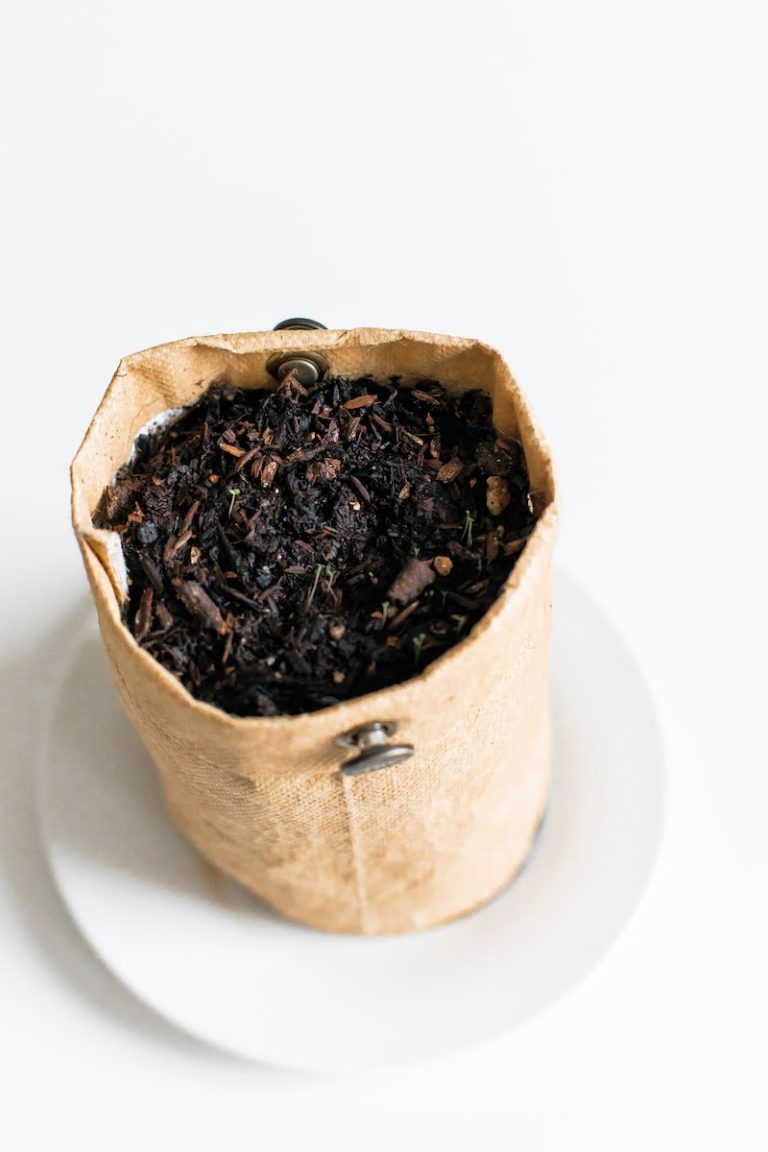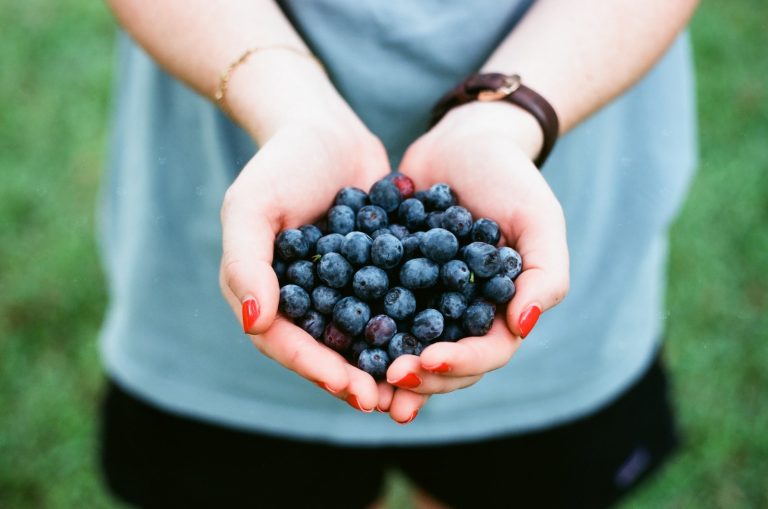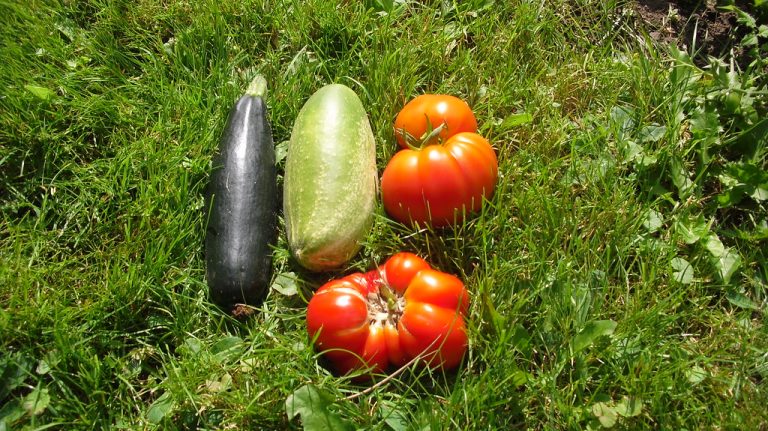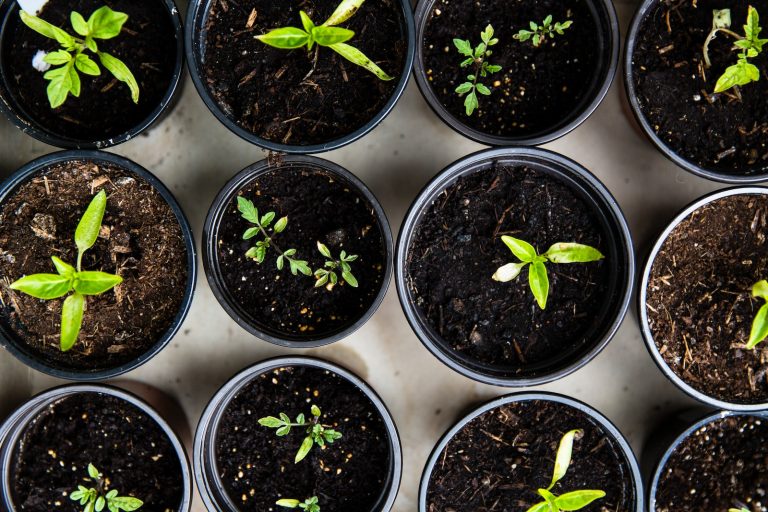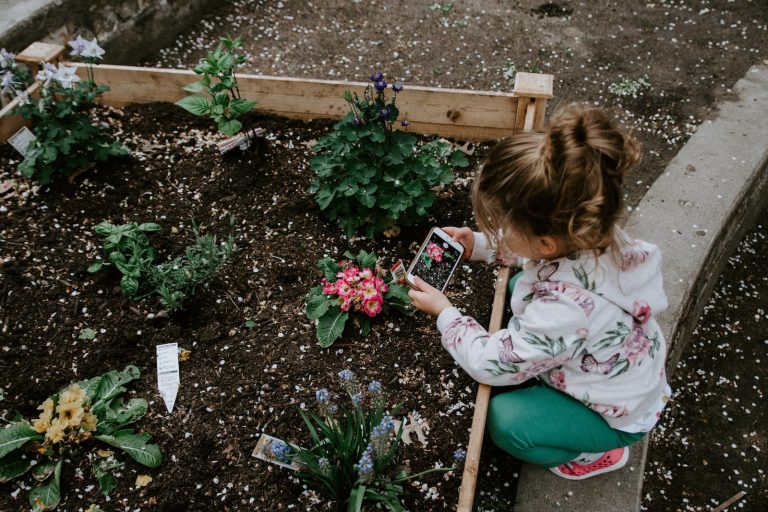How to Make Your Own Garden Soil
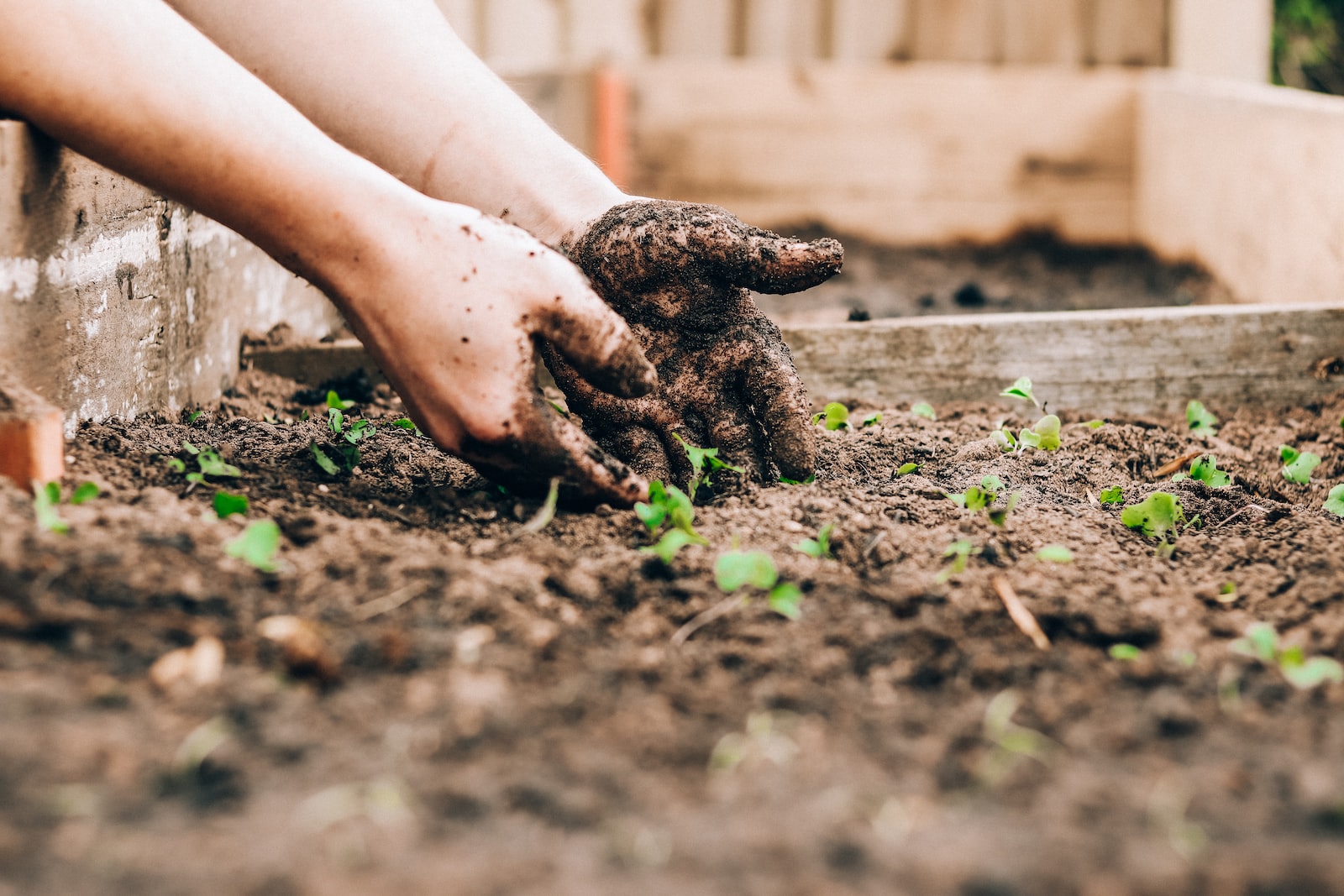
Are you tired of spending a fortune on store-bought garden soil, only to have your plants still struggle to grow? It’s time to take matters into your own hands and create your very own nutrient-rich garden soil!
Not only will this save you money in the long run, but it also ensures that all the ingredients are natural and safe for both you and your plants. In this blog post, we’ll guide you through everything you need to know about making homemade garden soil that will nourish your plants and provide ample space for growth. So roll up those sleeves, grab a shovel, and let’s get started!
Introduction
If you’re new to gardening, you may be wondering how to create your own garden soil. Although you can purchase soil from a gardening store, it’s easy (and more affordable) to make your own. All you need is a little know-how and some basic materials.
There are two types of garden soil: topsoil and subsoil. Topsoil is the upper layer of soil that contains organic matter and minerals. Subsoil is the lower layer of soil that contains clay and sand. To make your own garden soil, you’ll need to combine these two types of soil in equal parts.
One way to acquire topsoil is by renting or purchasing a rototiller. A rototiller will help loosen up the topsoil so that it’s easier to work with. Another option is to ask a friend or neighbor if they have any extra topsoil that they’d be willing to share. Once you have your topsoil, mix it with an equal amount of subsoil.
Now that you have your combined soils, it’s time to add some nutrients. You can do this by adding compost or manure to the mix. Compost is made up of decaying organic matter, such as leaves and grass clippings, while manure comes from animal waste. Both compost and manure add essential nutrients to the soil that will help your plants grow healthy and strong.
Once you’ve added compost or manure to the mix , it’s time to mix everything together. This can be done with a shovel, but it’s a good idea to use a garden fork for larger batches of soil and for areas where the soil is thicker. Make sure that everything is mixed thoroughly.
At this point, your homemade garden soil should be ready to use. All you need to do is spread it onto your garden bed and start planting! With the right materials and a little bit of elbow grease, you can create some amazing garden soil that will help your plants flourish. Good luck!
Importance of Knowing Garden Soil
Gardening is a great way to get outside and enjoy the fresh air, but it’s also a lot of work. One of the most important aspects of gardening is having healthy soil. Healthy soil is full of nutrients that plants need to grow, and it also helps to hold moisture in the ground so your plants don’t get too dry.
If you’re thinking about starting a garden, it’s important to do some research on what kind of soil you need for your plants. You can buy soil at a gardening store, or you can make your own garden soil. Making your own garden soil is cheaper and it’s also more fun!
There are a few things you’ll need to make garden soil: compost, sand, and organic matter. Compost is made from food scraps and other organic materials that have been broken down by bacteria. Sand helps to aerate the soil and improve drainage. Organic matter includes things like leaves, wood chips, and bark that help add nutrients to the soil.
Once you have all of your materials, mix them together in a large container. The ratio of ingredients will depend on what kind of plants you’re growing and what type of soil they need. After mixing everything together, water the soil until it’s damp but not soggy.
Now your garden is ready for planting! Be sure to give your plants enough space to grow, and water them regularly. With a little care, your garden will be flourishing in no time.
Knowing your soil is an important aspect of gardening, and it will make all of your hard work worth it in the end. So don’t forget to research and prepare your soil before planting anything!
Sources of Garden Soil
There are many sources of garden soil, including topsoil, compost, and manure. Topsoil is the upper layer of soil that contains organic matter, minerals, and microorganisms.
Topsoil is a good source of garden soil because it is rich in nutrients and helps to hold moisture. Compost is another good source of garden soil. Compost is made from decomposed organic matter, such as leaves, grass clippings, and kitchen scraps.
Manure is also a good source of garden soil. Manure is made from animal waste and typically contains high levels of nitrogen, phosphorus, and potassium.
Ingredients Needed For Homemade Garden Soil
When it comes to creating nutritious, homemade garden soil, there are a few key ingredients you’ll need to include. First, you’ll need some organic matter like compost or manure to help improve drainage and aeration while adding important nutrients to the soil.
You’ll also need sand or vermiculite to improve drainage and loosen heavy clay soils. Finally, consider adding a quality fertilizer like bone meal or kelp meal to give your plants a little extra boost. With these key ingredients in mind, let’s take a look at how to make your own garden soil.
How to Make Homemade Garden Soil?
When it comes to gardening, perhaps the most important factor is the quality of your soil. The better the soil, the better your plants will grow. But good quality soil can be expensive to buy, so why not make your own? It’s actually quite easy to do, and you can tailor it specifically to the needs of your garden.
To start, you’ll need some organic matter. This can be in the form of compost, manure, leaf mold, or any other decomposing plant material. You’ll also need some sand and/or perlite for drainage, as well as some clay for structure. Once you have all of your ingredients gathered, simply mix them together in a ratio that suits your needs. For example, a 50:50 mix of compost and sand is good for general use.
If you want to get really fancy, you can also add in some amendments like bone meal or kelp meal for extra nutrients. Just be sure not to use too much, as too much of a good thing can actually be harmful to plants. Amend only as needed based on soil tests or plant performance.
Once you’ve mixed up your soil, it’s ready to use! You can either use it right away or store it in bags or buckets for later use. Whichever way you choose, enjoy the fruits (or vegetables) of your labor!
Benefits of Homemade Garden Soil
There are many benefits to making your own garden soil, including being able to control the quality and composition of the soil, as well as saving money. By making your own garden soil, you can ensure that your plants will have the nutrients they need to thrive.
You can also customize the soil to suit the needs of your specific plants. In addition, homemade garden soil is often more environmentally friendly than store-bought options.
Alternatives to Homemade Garden Soil
One option for store-bought garden soil is topsoil. Topsoil is the uppermost layer of the soil and is typically darker and richer in organic matter than the underlying layers. It’s also relatively easy to find and relatively inexpensive.
Another option is potting mix. Potting mix is a lightweight mixture of various organic materials, such as peat moss, bark, and perlite. It’s often used to grow plants in containers because it drains well and doesn’t compact as much as regular garden soil.
Finally, you could also use a commercial compost or manure. Compost is decomposed organic matter that can be used to improve the quality of your garden soil. Manure, on the other hand, is fresh animal feces that can also be used to fertilize your garden.
Conclusion
All in all, making your own garden soil is a great idea if you want to get the most out of your plants while also being mindful of sustainability. With these easy steps, anyone can make their own garden soil and bring life to their outdoor spaces.
With practice and experimentation, you’ll soon be growing beautiful flowers and tasty fruits without spending a fortune on store-bought soil. So why not give it a try!

Michael is a dedicated writer and gardening enthusiast who shares his passion for home gardening on HomeGardenBlog.com. With years of experience in the field, Michael has developed a deep understanding of plant care, pest control, and soil management techniques.

